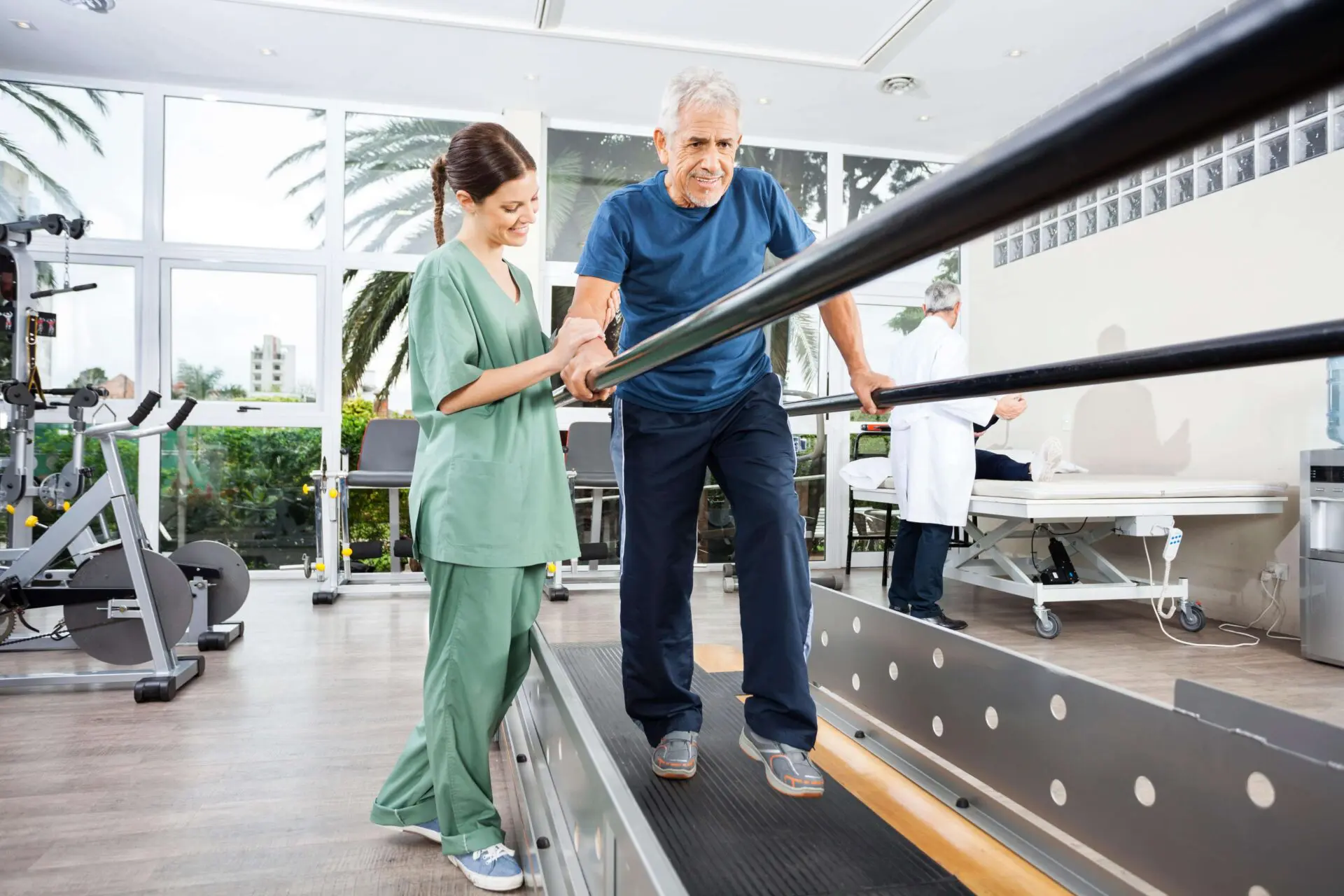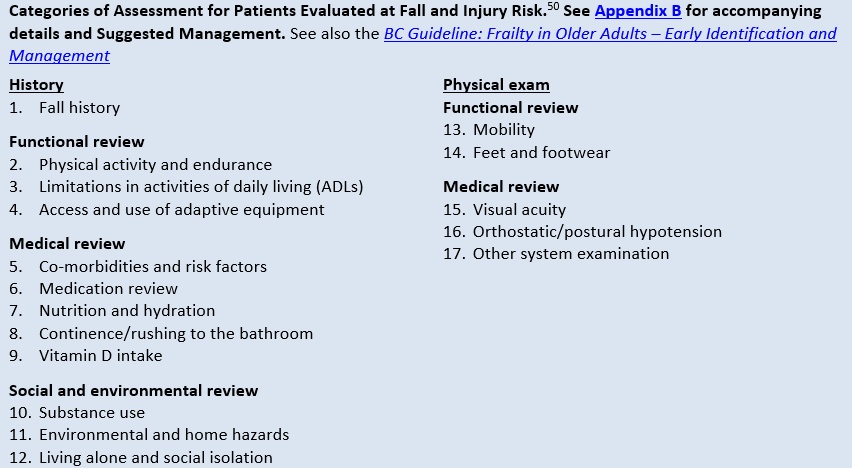Dementia Fall Risk - Questions
Dementia Fall Risk - Questions
Blog Article
Dementia Fall Risk Things To Know Before You Get This
Table of ContentsThe Best Strategy To Use For Dementia Fall RiskSome Known Facts About Dementia Fall Risk.The Best Guide To Dementia Fall RiskIndicators on Dementia Fall Risk You Should KnowSome Ideas on Dementia Fall Risk You Should Know
The FRAT has three areas: drop risk condition, risk aspect list, and action plan. A Loss Threat Status consists of data regarding background of recent falls, drugs, psychological and cognitive condition of the person - Dementia Fall Risk.If the individual ratings on a risk aspect, the corresponding variety of factors are counted to the patient's autumn danger rating in the box to the far appropriate. If a patient's autumn danger rating completes 5 or higher, the individual goes to high threat for falls. If the individual ratings just 4 factors or reduced, they are still at some risk of falling, and the nurse ought to use their finest professional assessment to take care of all autumn danger variables as component of a holistic care plan.
These standard techniques, in general, aid establish a risk-free environment that minimizes unexpected drops and delineates core precautionary procedures for all people. Signs are vital for individuals at threat for falls.
Rumored Buzz on Dementia Fall Risk
Wristbands ought to include the person's last and initial name, date of birth, and NHS number in the UK. Details should be printed/written in black versus a white background. Only red shade needs to be utilized to signal unique client status. These suggestions are consistent with present advancements in person identification (Sevdalis et al., 2009).
Products that are too much might require the client to connect or ambulate unnecessarily and can possibly be a hazard or add to falls. Helps stop the person from heading out of bed with no support. Registered nurses respond to fallers' call lights more swiftly than they do to lights started by non-fallers.
Aesthetic problems can greatly cause falls. Hip pads, when worn appropriately, may lower a hip crack when loss occurs. Keeping the beds closer to the flooring decreases the risk of drops and serious injury. Putting the cushion on the flooring significantly minimizes loss threat in some health care setups. Reduced beds are made to lessen the distance a patient drops after relocating out of bed.
Top Guidelines Of Dementia Fall Risk
Clients that are tall and with weak leg muscle mass that try to remain on the bed from a standing position are likely to drop onto the bed because it's as well reduced for them go to this site to lower themselves safely. Additionally, if a tall individual efforts to rise from a low bed without aid, the patient is likely to drop back down onto the bed or miss out on the bed and fall onto the floor.
They're made to promote prompt rescue, not to stop falls from bed. Audible alarms can additionally remind the patient not to stand up alone. The usage of alarms can additionally be a substitute for physical restrictions. In addition to bed alarms, raised guidance for high-risk individuals likewise might assist prevent drops.
-copy-5.jpg)
Patients with an evasion stride increase he has a good point autumn opportunities significantly. To decrease autumn risk, footwear need to be with a little to no heel, thin soles with slip-resistant walk, and support the ankle joints. Suggest person to use nonskid socks to prevent the feet from sliding upon standing. However, encourage patients to wear appropriate, well-fitting shoesnot nonskid socks for ambulation.
How Dementia Fall Risk can Save You Time, Stress, and Money.
In a research, homes with ample lights report less falls (Ramulu et al., 2021). Enhancement in illumination at home may minimize autumn rates in older adults.

Caretakers are reliable for ensuring a safe and secure, protected, and safe environment. Research studies showed really low-certainty evidence that caretakers minimize loss threat in acute treatment hospitals and only moderate-certainty that options like video tracking can reduce sitter use without enhancing autumn risk, suggesting that sitters are not as helpful as initially thought (Greely et al., 2020).
3 Simple Techniques For Dementia Fall Risk

Raised physical conditioning lowers the threat for falls and limits injury that is received when fall takes place. Land and water-based their explanation workout programs may be similarly beneficial on equilibrium and gait and thus reduce the danger for falls. Water workout might contribute a favorable advantage on balance and stride for females 65 years and older.
Chair Rise Exercise is a simple sit-to-stand exercise that assists enhance the muscle mass in the upper legs and buttocks and boosts movement and freedom. The objective is to do Chair Increase exercises without utilizing hands as the customer becomes stronger. See resources area for a comprehensive direction on how to carry out Chair Rise exercise.
Report this page